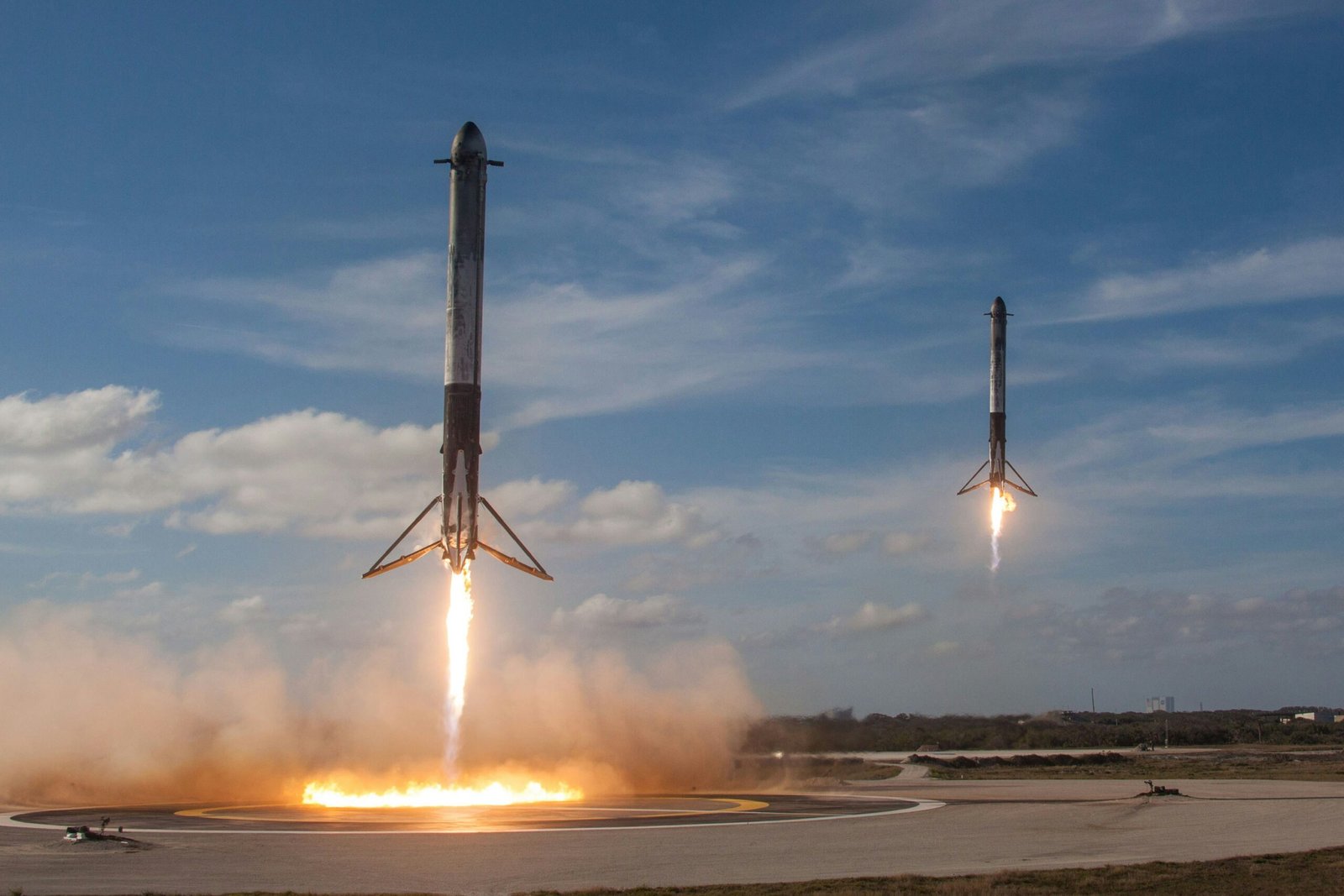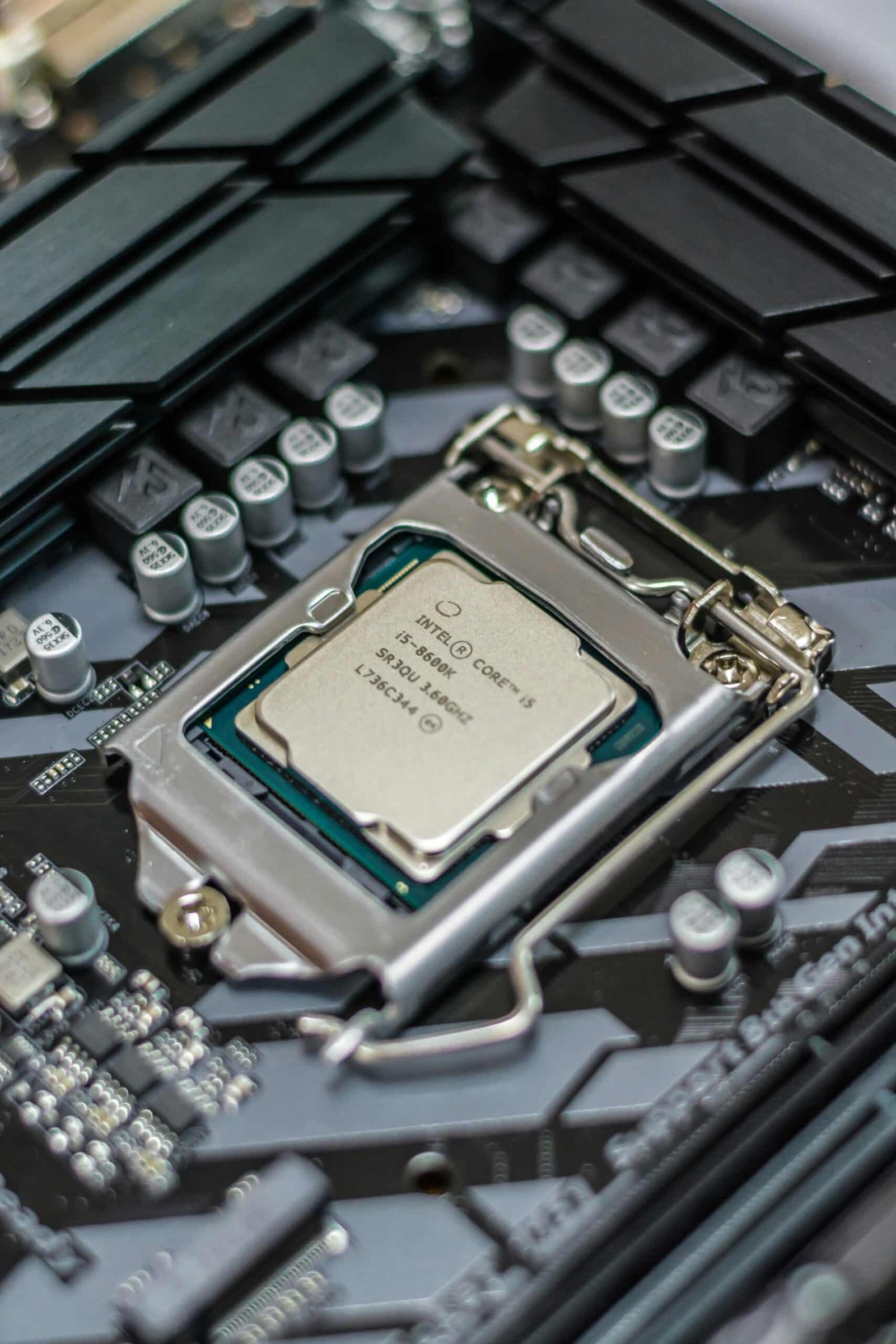SpaceX Starship Launch
SpaceX’s highly anticipated Starship launch ended in disappointment as the spacecraft experienced a catastrophic failure just minutes after reaching space. The incident occurred during a critical phase of the mission, highlighting the challenges and risks associated with space exploration.
The SpaceX Starship Mission
The Starship, developed by SpaceX, is a next-generation spacecraft designed for various missions, including crewed space travel, lunar missions, and eventually, journeys to Mars. The recent launch aimed to test the spacecraft’s capabilities and gather valuable data for future missions.
After a successful liftoff, the Starship soared into the sky, demonstrating its powerful engines and advanced technology. The initial stages of the mission appeared to be going according to plan, instilling hope and excitement among spectators and space enthusiasts worldwide.
The Critical Moment | SpaceX
However, shortly after reaching space, the Starship encountered a significant setback. As the spacecraft attempted to transition from horizontal to vertical flight, it experienced an anomaly, resulting in a loss of control and subsequent destruction. The exact cause of the failure is yet to be determined, and SpaceX’s engineers are diligently investigating the incident.
SpaceX CEO Elon Musk took to Twitter to share updates on the situation, expressing his disappointment and determination to learn from the failure. Musk emphasized the importance of pushing the boundaries of technology and acknowledged the inherent risks involved in such ambitious endeavors.
The Importance of Failure
While the failed Starship launch is undoubtedly a setback for SpaceX, it serves as a reminder of the inherent risks and complexities of space exploration. Throughout history, numerous space missions have faced setbacks and failures, highlighting the unpredictable nature of venturing beyond our planet.
However, failures also play a crucial role in the advancement of space technology. Each setback provides valuable insights and lessons that enable engineers and scientists to improve future missions. The Starship failure will undoubtedly contribute to the ongoing development and refinement of SpaceX’s spacecraft, ensuring greater safety and reliability for future endeavors.
Pushing the Boundaries
SpaceX’s ambitious goals and relentless pursuit of innovation have propelled the company to the forefront of the space industry. The Starship project represents a significant leap forward in space exploration, with its potential to revolutionize crewed missions and pave the way for human colonization of other planets.
While setbacks are inevitable in such groundbreaking projects, they should not deter us from pushing the boundaries of what is possible. The failure of the recent Starship launch serves as a humbling reminder that space exploration is a challenging and risky endeavor, but it also reinforces the importance of perseverance and continuous improvement.
The Way Forward
As SpaceX analyzes the data from the failed Starship launch, the company will undoubtedly make the necessary adjustments and improvements to prevent similar incidents in the future. This setback will not hinder SpaceX’s determination to fulfill its ambitious goals and contribute to the advancement of space exploration.
SpaceX’s willingness to take risks and learn from failures is a testament to the spirit of exploration that has driven humanity throughout history. While setbacks may be disheartening, they are an integral part of the journey toward new frontiers and expanding our understanding of the universe.
Conclusion
The failed SpaceX Starship launch serves as a poignant reminder of the challenges and risks associated with space exploration. While the incident is undoubtedly disappointing, it highlights the importance of learning from failures and pushing the boundaries of what is possible. SpaceX’s commitment to innovation and continuous improvement will undoubtedly contribute to the success of future missions and the advancement of space exploration as a whole.

Click Here to Read More Articles: truereviewmagazine.com










